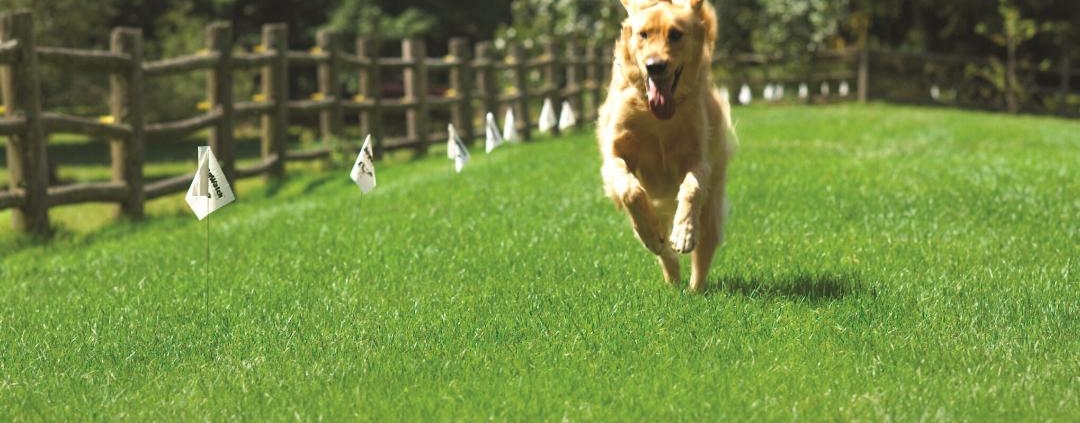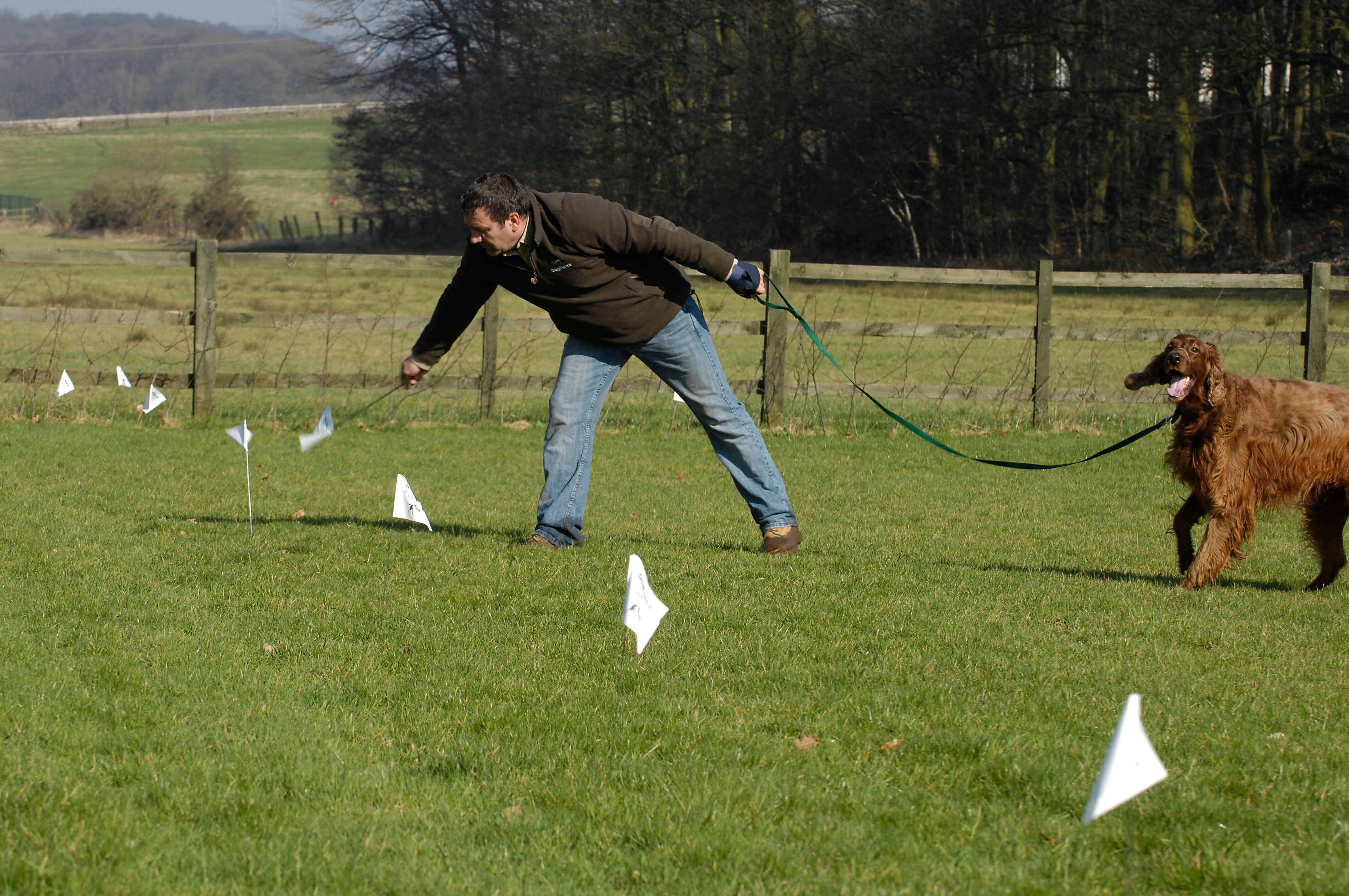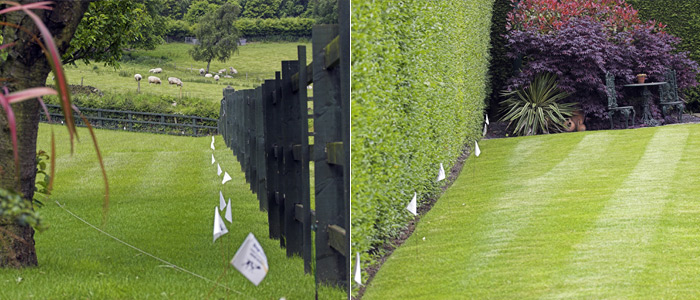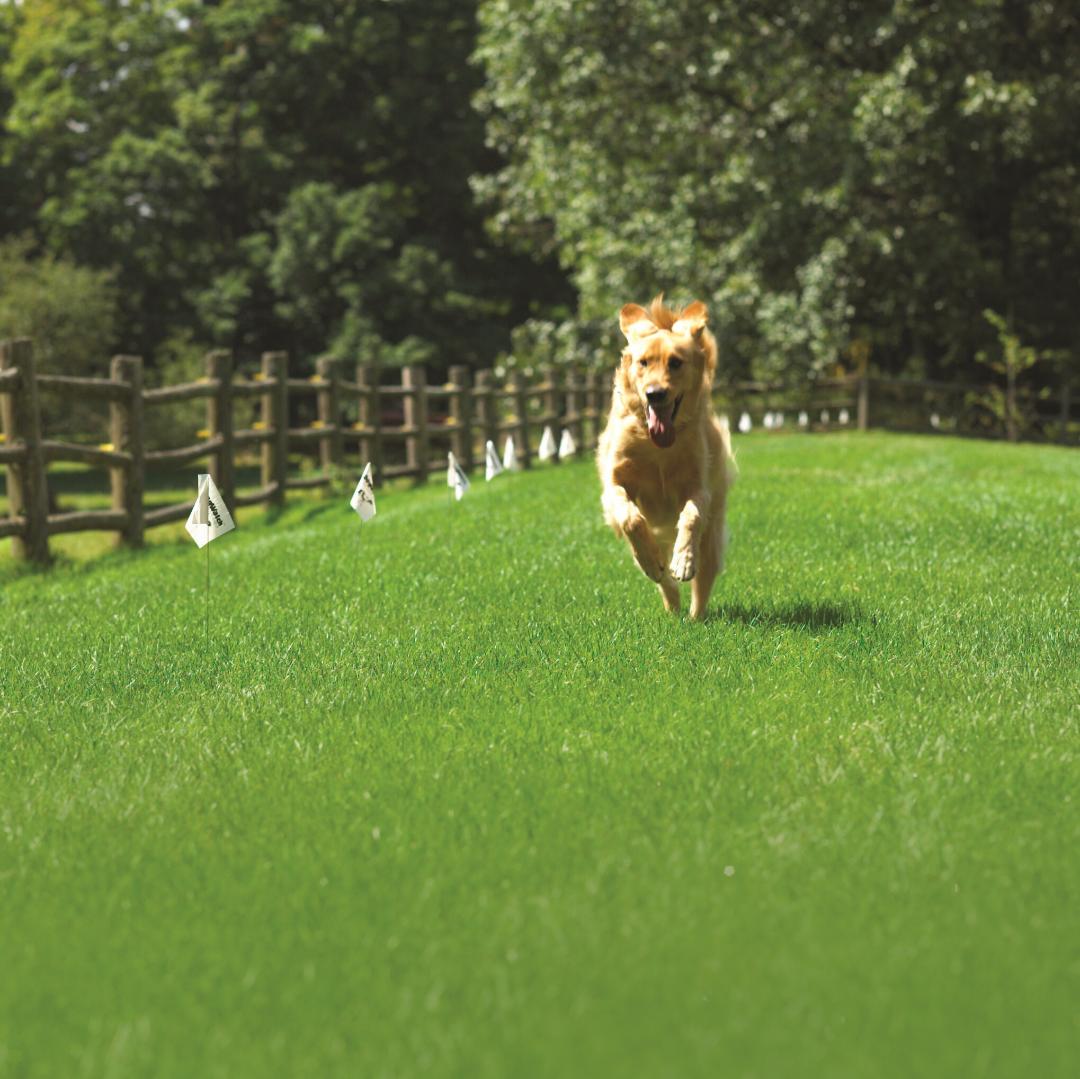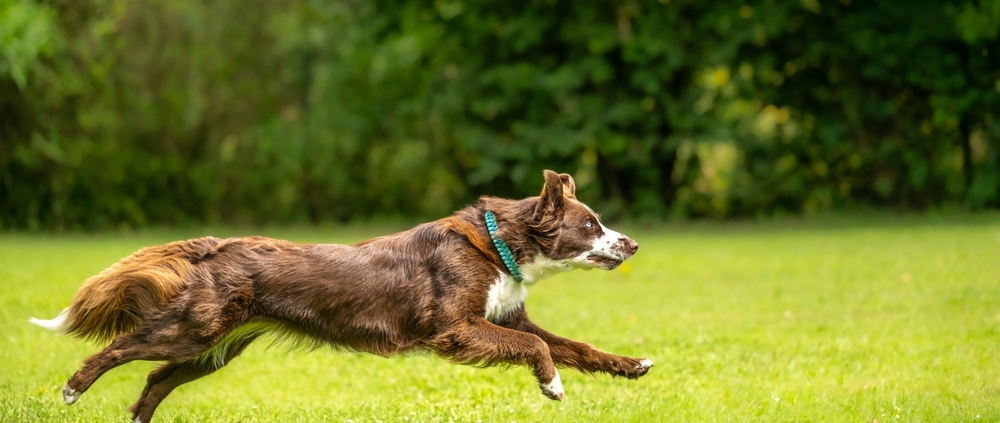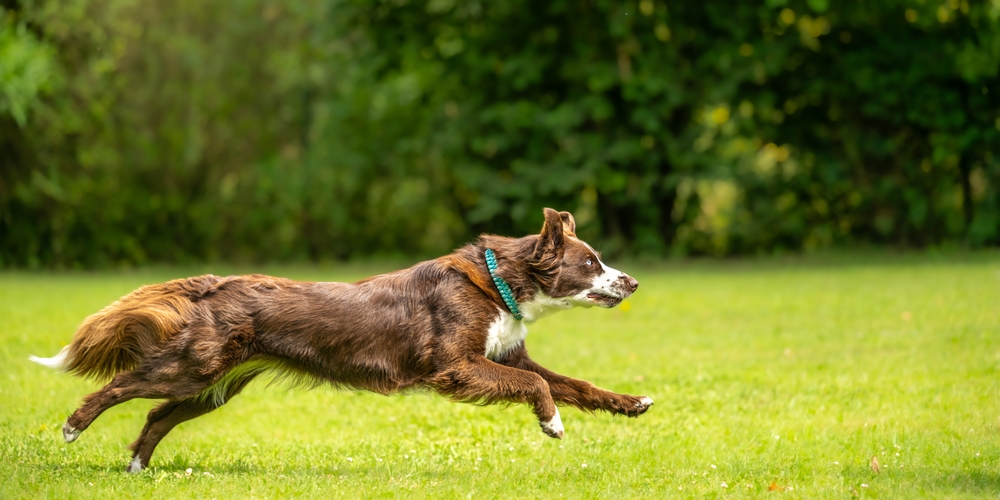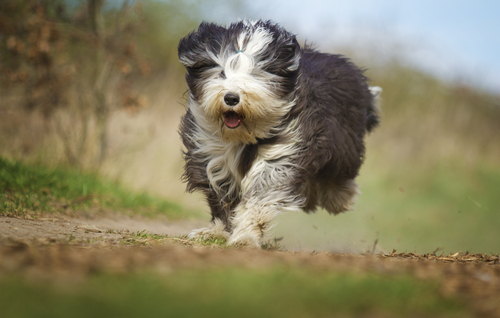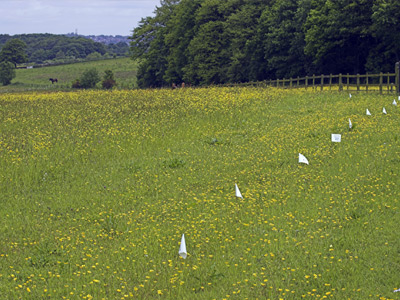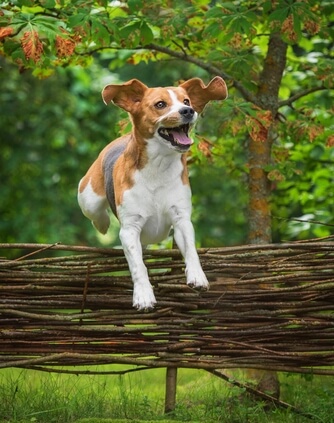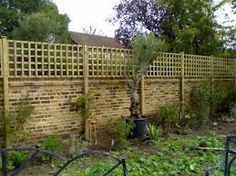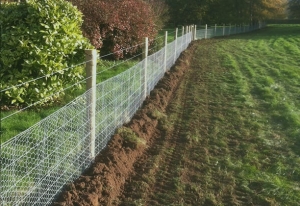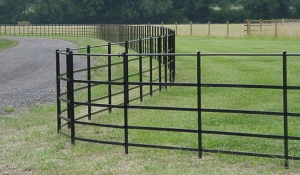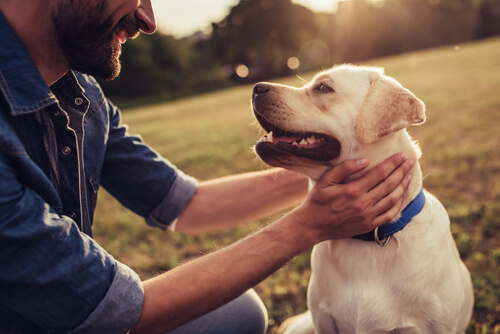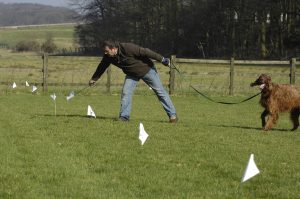UK Dog Fence Law: Your 2025 Guide to Legal Compliance
UK Dog Fence Law: What Every Dog & Cat Owner Needs to Know About Regulations and Permits
Every pet owner dreams of a safe, secure space for their beloved dog or cat. Whether you’re considering a traditional physical fence or a high-tech electronic system, one crucial question arises: are you on the right side of UK Dog Fence Law?
This guide helps you understand UK Dog Fence Law and regulations for dog and cat fencing. It covers planning permission, neighbourly concerns, and animal welfare, so you can confidently choose a compliant containment solution.
Disclaimer: This blog offers general guidance and is not legal advice. Always check with your local planning department or seek legal support for advice tailored to your specific circumstances.
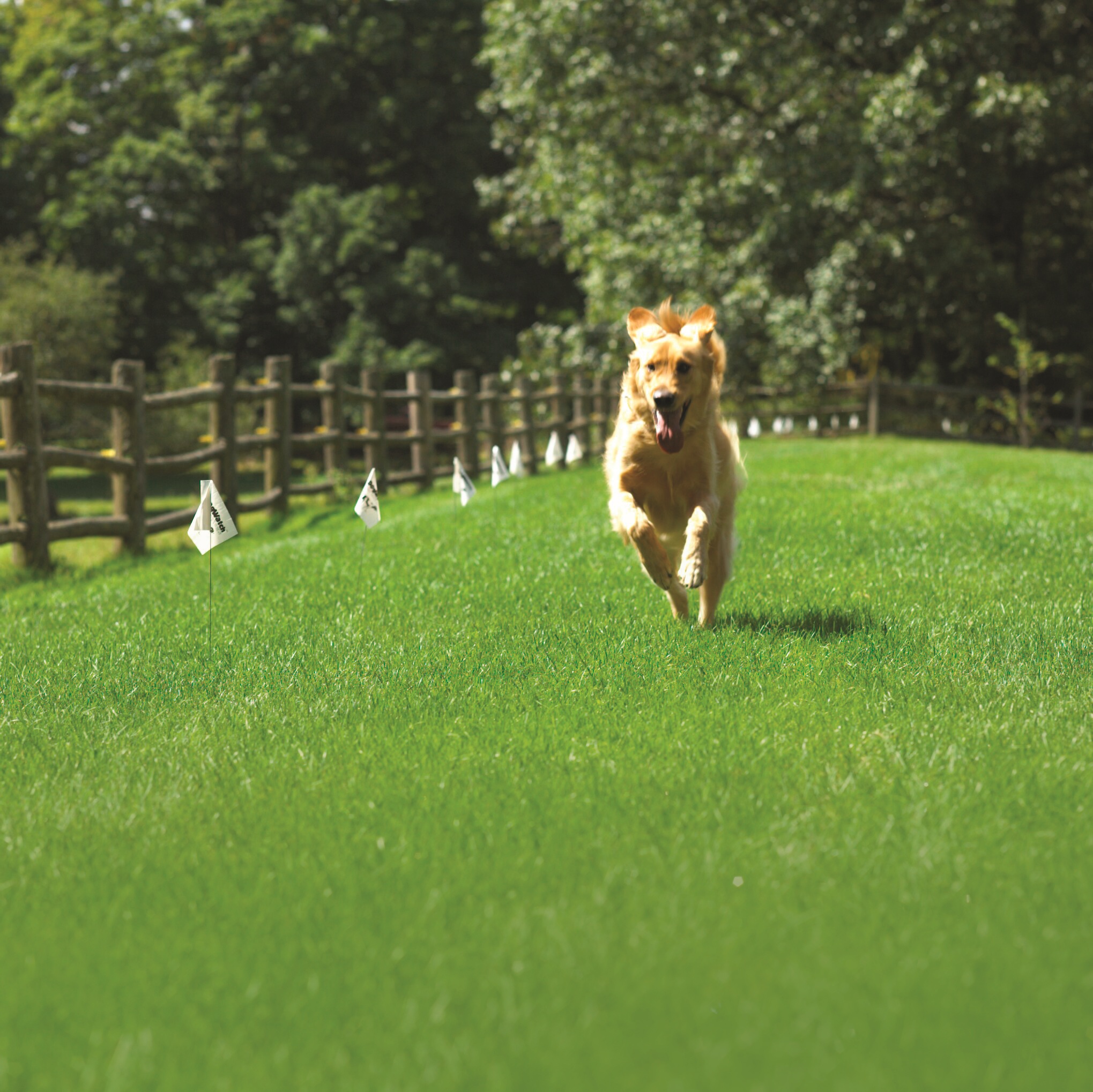
“A safe, secure garden protected by a compliant dog fence — peace of mind for every UK pet owner.”
Understanding “Fences” in the Eyes of UK Dog Fence Law: Physical vs. Electronic
In legal terms, UK Dog Fence Law distinguishes two main fence types:
- Physical Fences: Visible barriers like wood, brick, or chain-link. These solid fences contain pets.
- Electronic (Invisible) Fences: These systems use a buried wire or wireless signal to create an invisible boundary. Your pet wears a collar that gives a warning sound or mild correction if they approach the boundary. These fences suit situations where physical fences aren’t practical or permitted.
Each system is viewed differently under UK planning and animal welfare laws. For a detailed look at the types of fences we offer for your pets, visit our Dog Fence Solutions page.
Physical Fences: Planning Permission Rules under UK Dog Fence Law
For traditional physical fences, UK Dog Fence Law focuses on planning permission and boundary ownership.
When Planning Permission is Typically NOT Required (Permitted Development)
Under Permitted Development Rights, you usually don’t need planning permission for a dog fence if:
- It’s up to 2 metres (approx. 6ft 6in) high.
- It’s up to 1 metre (approx. 3ft 3in) high next to a highway (like a public footpath or bridleway).
- Your house is not a listed building. The fence must also not be within its curtilage.
- The property is outside a conservation area, National Park, or Area of Outstanding Natural Beauty (specific rules may still apply).
When Planning Permission IS Required for Your Dog Fence
You will likely need planning permission if your proposed dog fence:
- Exceeds the height limits.
- Is built on or around a listed building, or in a conservation area.
- Forms a boundary with a highway and exceeds 1 metre in height.
- Your property has specific conditions from past planning permission that restrict fences.
- You live in a leasehold property, and your lease prohibits or restricts fence installation without landlord consent.
Boundary Disputes and Your Dog Fence Under UK Law
- Know your boundary lines: Clearly define your property’s exact boundaries before building a fence. Boundary disputes are costly.
- Communicate with neighbours: Discuss your plans, even if not legally required. Good neighbourly relations are vital for shared boundaries.
- The Party Wall Act 1996 typically doesn’t apply to standalone fences. However, it’s relevant for larger boundary structures.
Your local council’s planning department is the definitive source for specific dog fence planning permission UK requirements. They advise on by-laws and local nuances.
Electronic (Invisible) Fences: What UK Dog Fence Law Says
The legal landscape for electronic containment systems differs from physical fences. No specific invisible fence UK law bans their use for private homes. Instead, their use falls under broader animal welfare laws and local rules.
Animal Welfare and Electronic Fences: Legal Duties
- The Animal Welfare Act 2006 mandates that animal owners ensure their pet’s welfare. This means providing a suitable environment and protecting them from pain, suffering, and injury.
- Electronic fences for dogs or cats must follow this Act. This means proper training to prevent undue stress or fear. The system must also work correctly to prevent harm. Animal welfare groups like the RSPCA advise caution and rigorous training. Read the full Animal Welfare Act 2006 on legislation.gov.uk for details. For training guidance, download our training handbook here.
- The 2018 Government Consultation: In the 2018 UK Government consultation on electronic training aids for dogs and cats, Environment Secretary Michael Gove announced a ban on remote-controlled electronic training collars (‘e-collars’). Crucially, this ban specifically excluded invisible fencing containment systems.
- The Government recognised containment fences’ benefits: they “can keep pets away from roads and potential traffic accidents.” Michael Gove highlighted their role in providing safe boundaries. It proved they prevent dangerous straying and acknowledged their life-saving capabilities, especially for cats.

“Why containment fences save lives — especially for cats. Michael Gove confirmed in 2018 that electronic containment systems are excluded from the UK e-collar ban, recognising their ability to protect pets from roads and danger.”
Local Rules & Property Covenants: Beyond National Law
- Some local authorities or housing estates may restrict or certain types of traditional fences due to looks or safety. Always check your property deeds and local council information.
- An electronic fence contains your pet in, but it doesn’t stop other animals or people from entering your property. This is a welfare concern.
- If a dog escapes due to an ineffective fence and causes a noise nuisance, this falls under the Environmental Protection Act 1990. A reliable containment system helps prevent such issues.
Your Pet, Your Responsibility: Adhering to UK Dog Fence Law
Regardless of fence type, your primary legal responsibility under UK Dog Fence Law is to keep your pet safely contained. This prevents nuisance or harm to others.
- Trespass (Civil Liability): General land trespass in the UK is a civil matter. However, as a pet owner, you are legally responsible for preventing your dog or cat from straying onto other people’s private property without permission. If your pet causes damage or nuisance there, you could face civil liability. A secure fence is your first line of defence.
- Dangerous Dogs Act 1991: This Act bans any dog from being “dangerously out of control” in public or unpermitted private places. If your dog escapes due to an inadequate fence and causes injury or fear, you could face severe penalties. This act, though specific to dogs, stresses the need for secure animal containment.
- Nuisance Barking: Persistent barking by a dog is a statutory nuisance under the Environmental Protection Act 1990. Effective containment helps manage your dog’s environment and can reduce barking.
- Livestock Worrying (Protection of Livestock Act 1953 & Animals Act 1971): In rural areas with farms, livestock worrying laws are critical. The Protection of Livestock Act 1953 defines ‘worrying’ as attacking, chasing, or being at large in a field with livestock. This could cause injury or suffering.Crucially, under specific circumstances in the Animals Act 1971, a farmer or landowner (or their agent) has a legal defence if they kill or injure a dog worrying or attacking livestock. This right is not used lightly; it applies only when the action is necessary and reasonable to protect livestock, with no other reasonable means to stop the dog. It’s a tragic outcome, but one farmers can lawfully resort to.For dog owners in rural areas, a robust dog fence is vital. It prevents your pet from worrying livestock. This avoids severe legal penalties (fines, compensation), and potentially a fatal outcome for your dog. Understanding UK Dog Fence Law in this context can truly be life-saving for your pet.
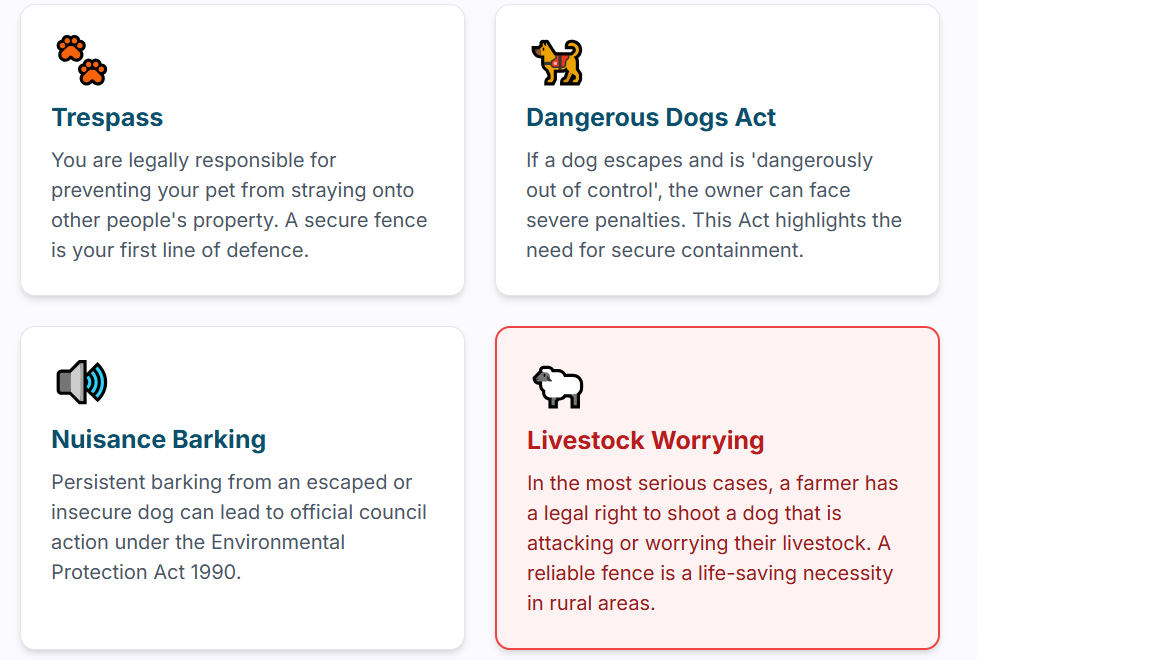
Understanding UK Dog Fence Law: A secure fence protects against trespass, nuisance complaints, prosecution under the Dangerous Dogs Act, and livestock worrying – a must for every responsible pet owner
Specific Considerations & Exceptions to Fencing Law
Certain situations require extra diligence when installing a dog fence in the UK:
- Listed Buildings & Conservation Areas: These areas have stricter rules to preserve character. External alterations, including fences, require special consent.
- Shared Ownership/Leasehold Properties: If you don’t own the freehold, you’ll need permission from your landlord, management company, or residents’ association.
- Rural vs. Urban: Different sensitivities apply. For example, livestock laws primarily concern dogs in rural areas.
Frequently Asked Questions (FAQs) About UK Dog Fence Law
Q1: Are electronic (invisible) dog fences legal in the UK? A1: Yes, no specific UK Dog Fence Law bans them for private domestic use for dogs or cats. However, their use must comply with the Animal Welfare Act 2006, requiring humane use without causing suffering. Local by-laws or property deeds might impose restrictions.
Q2: Is it legal to use an electronic containment fence on a dog or a cat in the UK? A2: Yes, electronic containment fences for both dogs and cats are legal for private domestic use in the UK. The Animal Welfare Act 2006 requires humane use, ensuring no suffering. This means proper training, supervision, and appropriate system use for the pet. Local rules or property covenants might have additional restrictions.
Q3: What if my pet escapes? A3: As a pet owner, you are legally responsible for preventing your pet from straying. If your pet causes damage or nuisance while escaped, you could face legal liability or council action (e.g., for excessive dog barking or trespass).
Q4: Are there specific rules for dog fences in conservation areas or for listed buildings? A4: Yes. These areas have much stricter planning controls. Any external changes, including fence installations, will almost certainly require planning permission and special consent. Always consult your local planning authority first.
Q5: Fence height limits? A5: Generally, a garden fence can be up to 2 metres (approx. 6ft 6in) high without permission. If adjacent to a highway, this limit is 1 metre (approx. 3ft 3in). Always verify with your local council, as local variations apply. A dog fence does not require planning as generally the wire is buried or attached to the physical barrier that is in place.
Summary: Stay Safe, Stay Legal with UK Law
To ensure your pet fence complies with UK Dog Fence Law and gives you peace of mind:
- ✔️ Check with your council regarding planning permission and local by-laws.
- ✔️ Review deeds or lease agreements for any property-specific restrictions.
- ✔️ Discuss with neighbours to prevent potential boundary or nuisance disputes.
- ✔️ Train your pet carefully and humanely, especially with electronic systems, prioritising their welfare.
- ✔️ Consider professional installation for expert advice on compliance and effective solutions. See our Professional Installation page.
Speak to the Experts at DogFence
We understand the legal, practical, and emotional aspects of pet safety. Whether you’re looking to install a new containment system or upgrade an existing one, our team is here to help.
Contact us today for a free, no-obligation consultation:
Call us on 01628 476475 or email info@dogfence.co.uk.
Let’s make sure your fence is both safe and legal — for total peace of mind.

